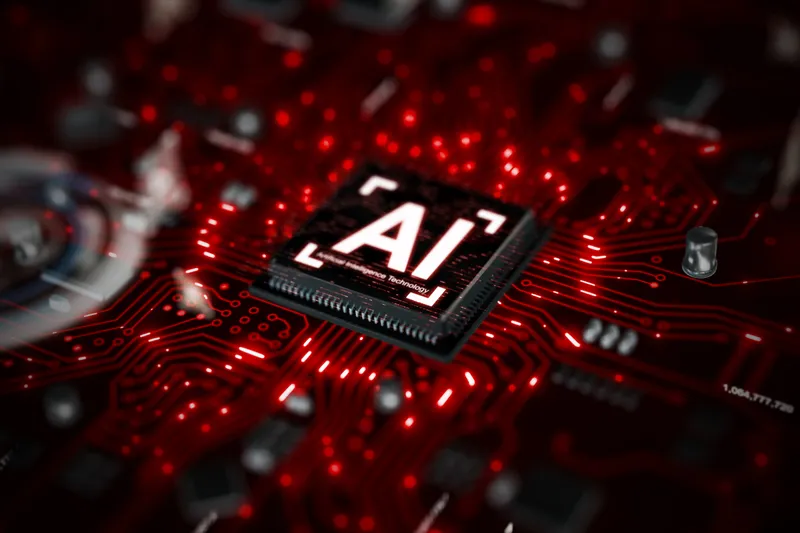The new IDTechEx report, Industrial and Commercial Electric Vehicles on Land 2016-2026, provides an understanding of the EV business, hybrid and pure electric, which IDTechEx says will be responsible for around 60 per cent of the huge market of about $500 billion emerging in 2026. Indeed, it is and will remain more profitable than the highly competitive car market that gets all the press attention.
The report gives information not available elsewhere, for example, putting the business in the context of w
July 22, 2016
Read time: 2 mins
The new 6582 IDTechEx report, Industrial and Commercial Electric Vehicles on Land 2016-2026, provides an understanding of the EV business, hybrid and pure electric, which IDTechEx says will be responsible for around 60 per cent of the huge market of about $500 billion emerging in 2026. Indeed, it is and will remain more profitable than the highly competitive car market that gets all the press attention.
The report gives information not available elsewhere, for example, putting the business in the context of water and airborne commercial and industrial EVs and of 48V mild hybrids which are not electric vehicles in their initial form: only later do they evolve into vehicles with some pure electric modes as industrial and commercial versions become significant.
This is a world where billion dollar orders are being placed for electric buses and even for their batteries alone and a US$20-plus billion business in electric forklifts and other intra-logistics is emerging. It is an industry in rapid change – geographical, technological and functional. Three wheel electric taxis will sell in millions yearly and mobile industrial and commercial robots are appearing in a host of forms.
The report explains how electric powertrains have been used in mobile machinery for a long time but most of the machines are still based on traditional diesel-mechanical or diesel-hydraulic transmission. Energy efficiency is improved with EVs, resulting in lower maintenance costs and better controllability and drivability. Due to the intensive use electrification results in a huge reduction in greenhouse gas and other pollutant emissions increasingly pushed by new regulations. Huge opportunities emerge for key components and systems such as energy storage, power electronics and motors.
The report gives information not available elsewhere, for example, putting the business in the context of water and airborne commercial and industrial EVs and of 48V mild hybrids which are not electric vehicles in their initial form: only later do they evolve into vehicles with some pure electric modes as industrial and commercial versions become significant.
This is a world where billion dollar orders are being placed for electric buses and even for their batteries alone and a US$20-plus billion business in electric forklifts and other intra-logistics is emerging. It is an industry in rapid change – geographical, technological and functional. Three wheel electric taxis will sell in millions yearly and mobile industrial and commercial robots are appearing in a host of forms.
The report explains how electric powertrains have been used in mobile machinery for a long time but most of the machines are still based on traditional diesel-mechanical or diesel-hydraulic transmission. Energy efficiency is improved with EVs, resulting in lower maintenance costs and better controllability and drivability. Due to the intensive use electrification results in a huge reduction in greenhouse gas and other pollutant emissions increasingly pushed by new regulations. Huge opportunities emerge for key components and systems such as energy storage, power electronics and motors.







